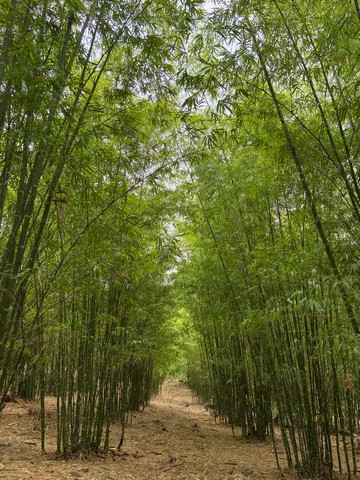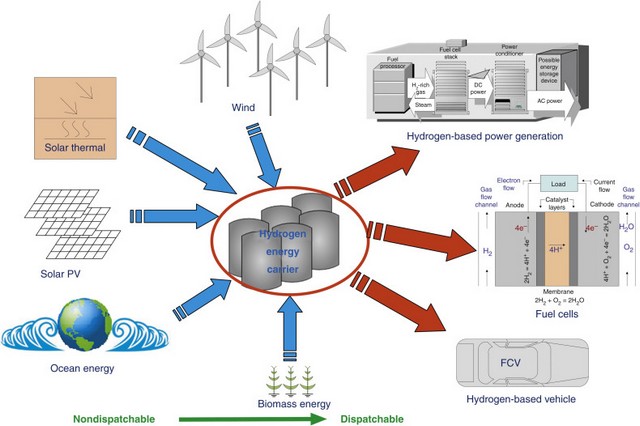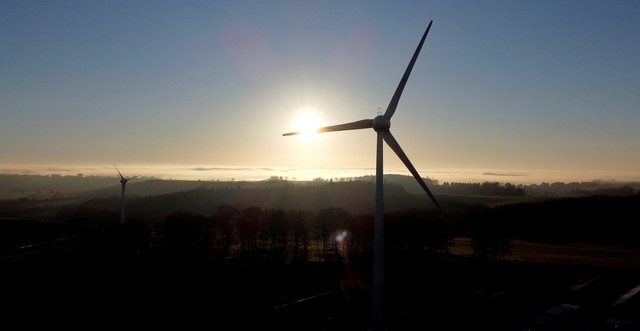By 2030, Sarawak will emerge as a develop state/nation with average economic growth at 8.0% through economic strategy and initiatives outline in PCDS 2030.
One of the strategies for achieving the objectives of PCDS 2030 for economic prosperity, environmental sustainability, social inclusion, digital innovation, and a green economy is “Balancing Economic Growth with Environmental Sustainability.”
With the goal of promoting its timber sector and achieving global recognition for sustainable management of tropical forests and biodiversity protection, Sarawak is leading the way in advancing environmental sustainability.

Sarawak has taken action to move toward a green economy by concentrating on activities that benefit the environment, such as planting trees, producing hydrogen, and selling and buying carbon. These activities are then followed by efforts to combat global warming, in which Sarawak plays a significant role in climate change mitigation.
In order to achieve our goal of a green economy, carbon trading is crucial for the state’s economic growth, according to YB Dr. Haji Hazland bin Abang Hipni, Assistant Minister of Energy and Environmental Sustainability, who made this statement during a recent DUN meeting. Sarawak is likely to start a carbon trading programme since its land is 65% covered in forest, 15% of which may store three times as much carbon, and 15% of which is made up of peat.

Because Sarawak’s future economy will be focused on low carbon and decarbonization, which means that Sarawak is currently carbon negative but not yet at carbon zero, we can proudly state that Sarawak is the first state in Malaysia to adopt a Green Economic Policy.
As the economy is centred on the rise in oil and gas prices as a result of the Russian and Ukraine War, which has impacted the economies and way of life in Europe, Sarawak is no longer able to rely on oil and gas.
Sarawak has also discovered a brand-new form of alternative energy: hydrogen. Hydrogen is the energy of the future, and Sarawak has the ability to manufacture significant amounts of it for sustainable energy.
With intentions to start large-scale commercial production and export of hydrogen by the year 2027, Sarawak is seeking to become a leader in the burgeoning hydrogen economy in Malaysia.
Water and energy were necessary for Sarawak to generate hydrogen, and Sarawak already possesses hydropower, the type of energy that will be needed by the world’s hydrogen industry in the future.

We can understand why hydrogen is significant since it contributes to balancing end-user needs, such as for grid electricity, residential and commercial heating, and fuel transportation, with the intermittent supply of energy from renewable energy sources.
The Sarawak government made the choice to enter the hydrogen market a few years ago. A GLC (Government Link Company) called SEDC Energy has already been established as a result of steps taken by the Sarawakian government.
SEDC Energy will work with international hydrogen companies and authorities and two international corporations, Sumitomo Corporation and ENEOS from Japan have shown interest in the endeavor.
Carbon trading and the hydrogen economy are relatively new to our economic development. However, with initiatives and strategic plans, Sarawak is ready to compete in the international arena and, thus, will embark on green economy policy performance.
Sarawak is now positioning itself as a Green Economic Hub as Sarawak is rich in natural resources. This green economy will also help Sarawak become a high-income economy in the future.






